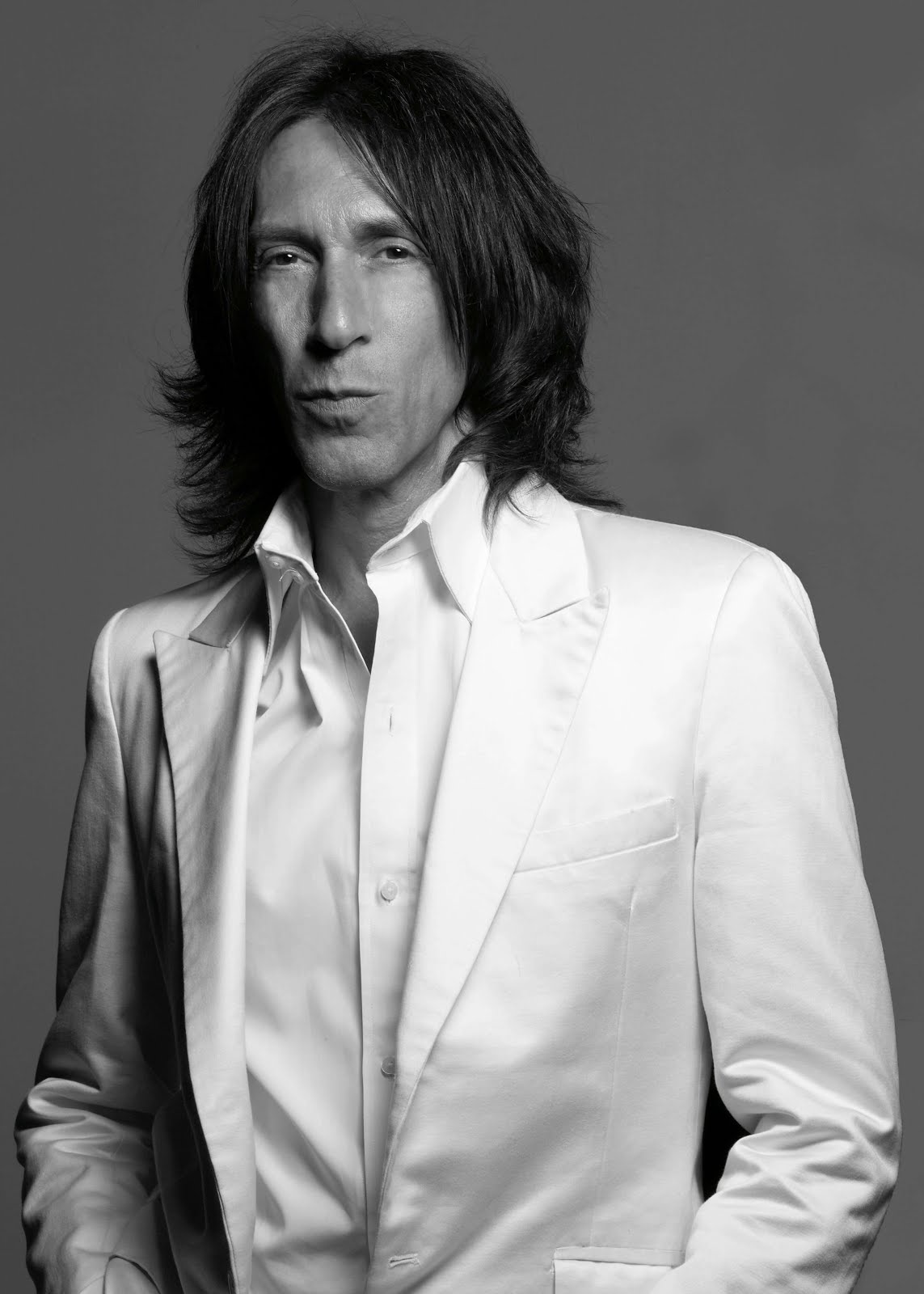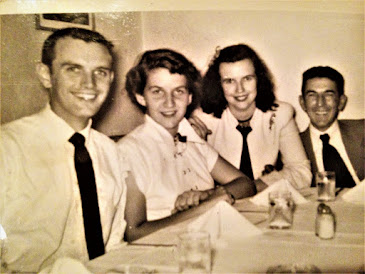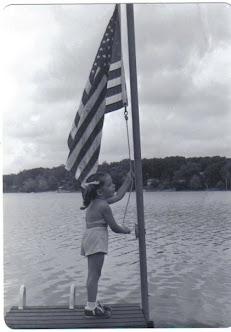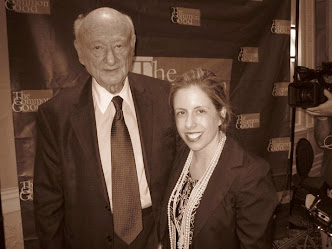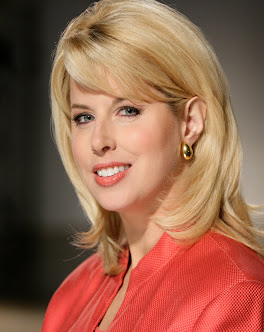The Walt Disney Family Museum: GALLERY-BY-GALLERY OVERVIEW
More on the Walt Disney Museum! For previous coverage, see Take a Trip.
Gallery 1 Beginnings: Walt Disney’s Early Years (1901-1923) Walt Disney was born in Chicago, IL on December 5, 1901. In 1906, his family moved to a Missouri farm, where he had an idyllic early childhood and first learned to draw. The farm failed, and in 1911 his family moved to Kansas City, MO where he rose at 3:30 a.m. to deliver newspapers on his father’s paper route and fell in love with vaudeville and movies. In 1917, the family moved to Chicago, where Walt created cartoons for his high school yearbook, took classes at the Art Institute of Chicago, and tried to enlist in the U.S. Army. Rejected for being underage, he joined the American Ambulance Corps and arrived in France as World War I ended. When Walt returned to the United States, he settled in Kansas City and got a job at a commercial art studio. In 1920, while working at an ad company, Walt discovered the fantastical world of animation and immersed himself in the young medium. While keeping his day job, he began making Laugh-O-gram ad reels and animation shorts with artist Ub Iwerks. Laugh-O-grams Films soon went bankrupt, and Walt, at age 21 moved to California with $40 in his pocket. Walt’s early drawings and mementoes from his childhood, as well as cameras
similar to those he used in Kansas City, will be highlighted in the Museum’s first gallery.
Gallery 2 Hollywood (1923-1928) Walt arrived in California in 1923 hoping to find work as a director. But when he received a contract for his own work, he launched Disney Bros. Studio with his brother Roy. By the end of 1924, Walt was focusing on story development and directing and was no longer working as an animator. After several business setbacks, Walt Disney created Mickey Mouse, which established Disney Bros. Studio as the leading animation studio in the country. With the third Mickey Mouse film, Steamboat Willie, Walt joined the vanguard of the talking-picture revolution by creating an animated film with synchronized sound. Both Walt and Roy Disney married during this period, Walt to Lillian Bounds, a studio inker.
Original artwork, including the earliest known drawings of Mickey Mouse, will illustrate Disney’s sensational success with his character. Other exhibit highlights include business correspondence between Walt and Roy, the move to the new Hyperion Studios, where Disney created four of its great animation features, and Walt’s meeting with and marriage to Lillian Bounds.
Galleries 3 New Horizons: The Emergence of the Walt Disney Studio (1928 to 1940) The success of Mickey Mouse let Walt Disney expand the newly renamed Walt Disney Studios and improve the quality of Studio animation. He then embarked on a series of ambitious projects, including the “Silly Symphonies,” one-reel shorts that let him experiment with images, music, and story lines. In the following years, the Studio created the first three-strip Technicolor cartoons, introduced a multiplane camera to create the illusion of depth in animated films, and developed distinctive styles of movement and personality in its characters. Also in this period, Walt and Lillian’s family grew to include daughters Diane and Sharon. The continuing success of Walt’s cartoons led to a revolution in the art and technology of animation. Vintage artifacts, animation art, character merchandise, and family photos chronicle the creative explosion of the 1930s, Walt’s sudden world fame, and Diane and Sharon.
Gallery 4 The Move to Features: Snow White and the Seven Dwarfs Having redefined the art of animation, Walt dared to produce a feature-length film, Snow White and the Seven Dwarfs. During the four years that it was in development, Disney and his brother Roy secured six-figure loans – each loan enough to finance an entire movie – time after time, and skeptics called the film “Disney’s Folly.” Disney brought in an art instructor to work with his team and insisted that the animators study live models and animals. The studio created a Character Model Department, which constructed small sculptures of characters which let animators study characters in the round. Snow White premiered on December 21, 1937, and Disney won a unique Academy Award® for the innovative movie: a standard-sized Oscar®s and seven miniature castings. Original art from Snow White, three-dimensional model figures, magazines of the period, audio clips, and a wide array of related 1930s merchandise will help recreate the story of Disney’s pioneering effort to produce Snow White and the Seven Dwarfs.
Gallery 5 New Success and Greater Ambitions Following the worldwide success of Snow White, Disney Studios built a new home in Burbank, CA, and produced even more ambitious features, such as Bambi, Pinocchio and Fantasia. The last film featured classical music and an orchestra conducted by Leopold Stokowski. Although well regarded by critics, none of the films was immediately financially successful, in part because overseas revenues were affected by World War II. Highlights of the gallery will include one of the studio’s original multiplane camera cranes, an animator’s desk and rare production art.
Gallery 6 The Late ‘30s to Mid ‘40s This difficult period in Walt’s life included the deaths of his parents, a studio strike that threatened the company’s viability, and a period when the U.S. military used part of the studio as a base. The company released Dumbo and produced training films for the military, public service shorts, and morale-boosting films, and Walt embarked on a goodwill tour of South America to strengthen ties between the U.S. and Latin American countries. He later produced two Latin American-themed animated movies based on the trip. Photos and union flyers from the 1941 Disney animators’ strike as well as samples of Disney films in support of the war effort will be among the gallery highlights. Also on view will be original art from Dumbo and insignias that the Studios created for numerous regiments and squadrons.
Gallery 7 Post-War Rebuilding: Mid-‘40s to the early 1950s With the end of the war, Walt and Roy found inventive new outlets for animation and ventured into live-action production. They developed new packaged films for theaters that combined shorts and feature-length animated films, as well as movies that combined live action and animation. In addition, the Studio produced the enormously successful Cinderella, Alice in Wonderland, Peter Pan, and Lady and the Tramp, the studio’s first wide-screen animated feature. Walt Disney also produced his first live-action features, including Treasure Island and 20,000 Leagues under the Sea. Concept and animation art from Disney’s films of the period will be prominently featured in this gallery, as well as artifacts from live-action movies, including an underwater camera used in the filming of 20,000 Leagues Under the Sea, and examples of Walt’s extensive personal collection of miniatures.
Gallery 8 Walt and the Natural World Walt—who had a love of nature since his youth in Marceline—also ventured into live-action documentaries during the ‘40s and early ‘50s. The first of these was a nature documentary, Seal Island, a 27- minute account of the seasonal habits of seals that won the 1949 Academy Award® for best two-reel documentary. Later documentaries in the series “True- Life Adventures” continued to focus on nature, while “People and Places” highlighted peoples and destinations around the world. Exhibits in the gallery include some of the specialized equipment used in the production of the “True-Life Adventures” series.
Gallery 9 The 1950s and 1960s: The Big Screen and Beyond This prolific period of Walt’s life started with the installation of a scale model railroad on the grounds of his new home, an event that spurred him to develop Disneyland. Walt also created pioneering weekly television shows, and the studio continued creating both animated and live- action films, including the Academy Award®-winning Mary Poppins. Walt was also involved in developing new technologies for installations for the 1964-1965 World’s Fair. In the 1960s he announced his ideas for EPCOT, the Experimental Prototype Community of Tomorrow. In a 15- year period, Walt created the templates for family television entertainment and outdoor family recreation while also infusing the promise of space exploration and urban planning with a sense of wonder and awe. From the Lilly Belle, the scale-model locomotive that Walt helped build and install on a half-mile track around his home, to a 12-foot model of the Disneyland of Walt’s imagination, the exhibits in this gallery present a vivid look at the landscape of Walt’s vision and achievements during the last 15 years of his life.
Gallery 10 Remembering Walt Disney Walt Disney died on December 15, 1966. Reactions from around the world, in newspaper articles, editorial comment, and letters and telegrams present an appreciation of the joy, hope, and inspiration Walt provided to millions of people around the world.








